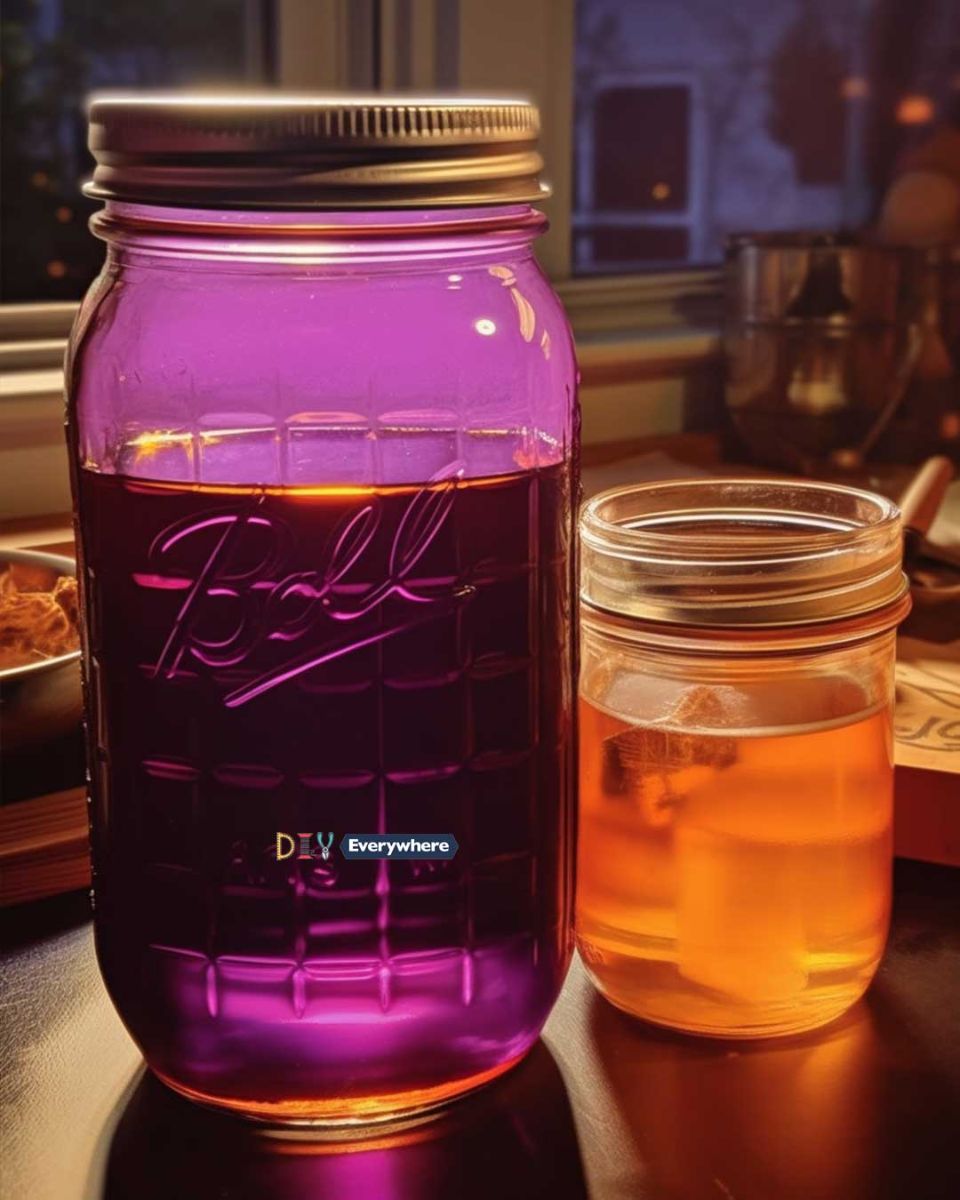In the tranquil and picturesque Sandhills region of North Carolina, a remarkable natural phenomenon unfolds every year that has captured the fascination of locals and honey enthusiasts alike. Here, in this hidden gem of the American South, bees produce a unique and rare variety of honey: purple honey.
It is the only place on Earth where this extraordinary honey can be found. This article explores the history and origins of purple honey, why it happens, what it means, and whether it differs in taste and composition from traditional honey.
The History and Origins of Purple Honey
The history of purple honey in the Sandhills of North Carolina dates back several decades. It is believed to have been discovered accidentally by beekeepers who noticed that their honey had an unusually deep purple hue. Over time, the phenomenon gained attention and became a local legend. The true origin of this distinct honey, however, lies in the unique flora of the Sandhills region.
The Sandhills, characterized by rolling terrain and sandy soils, are home to an array of wildflowers and native plants that are particularly rich in compounds known as anthocyanins. Anthocyanins are responsible for the red, blue, and purple pigments found in many fruits, vegetables, and flowers. These compounds are not only visually striking but also possess powerful antioxidant properties. It is the abundance of these anthocyanin-rich plants that contributes to the purple color of the honey produced by the bees in this region.
Why Does Purple Honey Happen?
Purple honey occurs as a result of bees foraging on specific plants that contain high levels of anthocyanins. The process unfolds in several steps:
Foraging Bees: Worker bees venture out from their hives in search of nectar and pollen to sustain the colony. In the Sandhills, they encounter a variety of wildflowers, including native species like blueberries, asters, and sourwood trees, which are rich in anthocyanins.
Nectar Collection: Bees collect nectar from these anthocyanin-rich flowers, bringing it back to the hive in specialized stomachs where enzymes begin to break down the nectar.
Honey Production: The bees transfer the nectar to comb cells within the hive. Here, they fan the nectar with their wings, evaporating excess moisture and thickening it into honey.
Anthocyanin Interaction: During this process, the anthocyanins from the nectar are preserved in the honey, lending it its distinctive purple color.
What Does Purple Honey Mean?
see continuation on next page
ADVERTISEMENT

